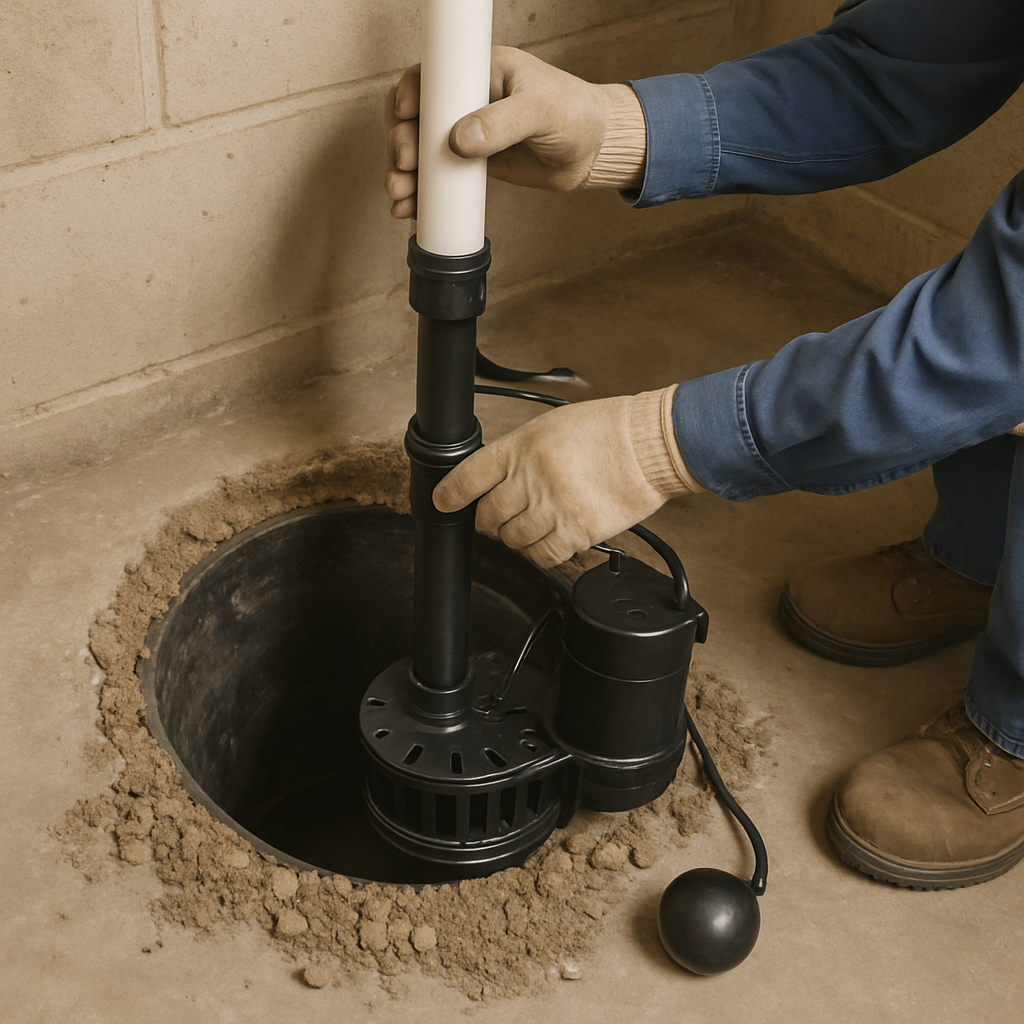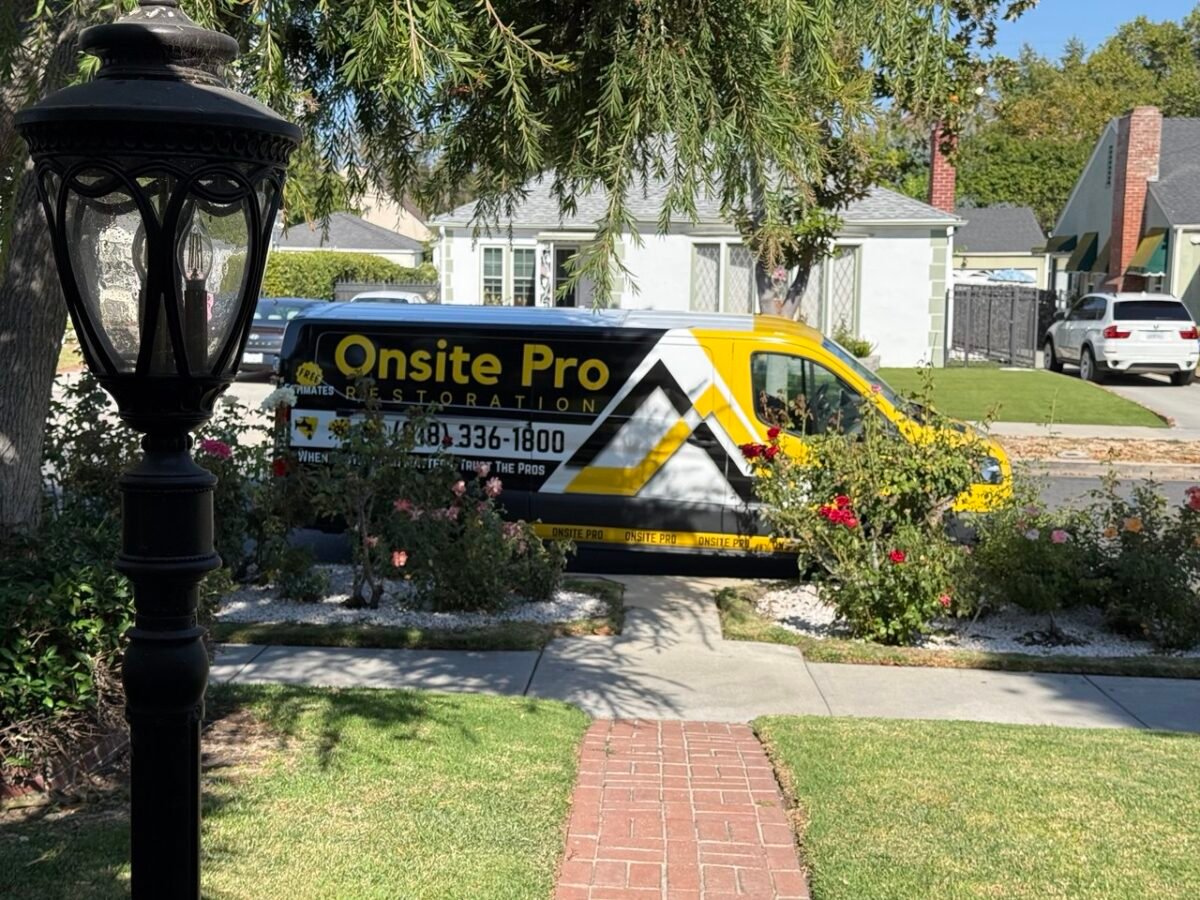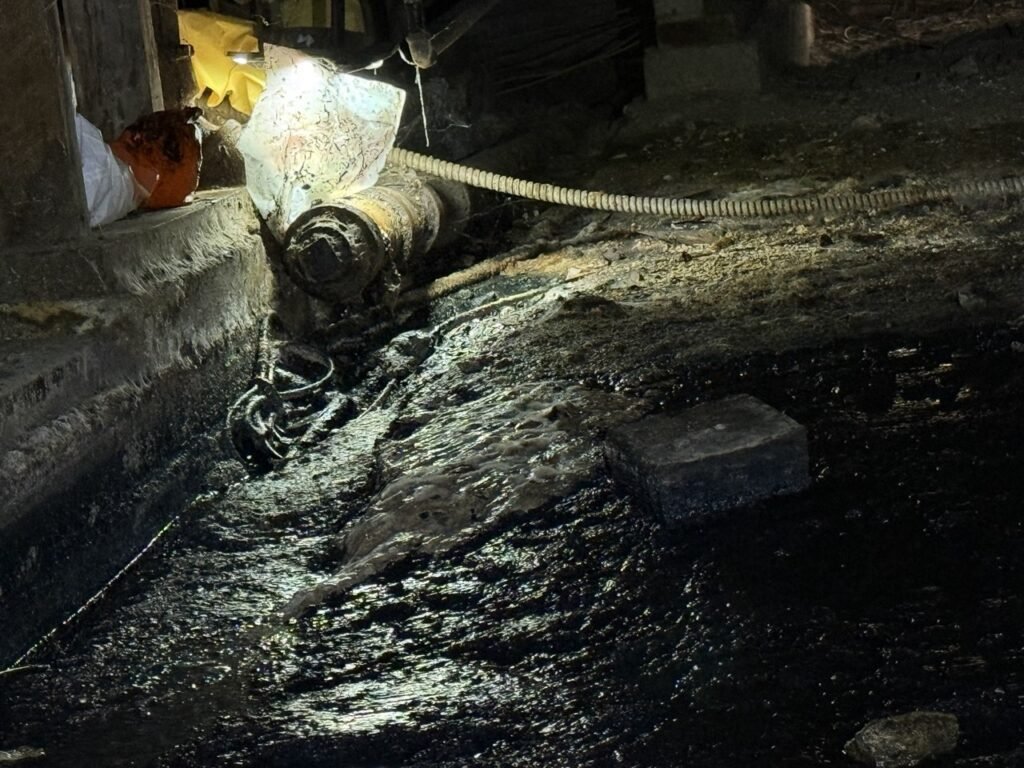Understanding Crawl Space Water Damage Prevention
Water damage in your crawl space can lead to serious issues if not addressed promptly. It’s important to understand the causes, prevention strategies, and repair methods for water intrusion in these areas. Whether you’re dealing with a leak in the crawl space or persistent water after heavy rain, understanding your options can help you maintain a dry and healthy home. Recognizing the symptoms of water damage early can save you from significant repair costs and health hazards. Therefore, gaining a comprehensive understanding of water management in crawl spaces is vital for every homeowner.
Get Started
Service Form
Crawl spaces, often overlooked, play a crucial role in the overall health of your home. They house essential systems like plumbing and electrical lines, making their maintenance even more critical. Water damage can compromise these systems, leading to more extensive and costly repairs. By learning about potential water damage causes and solutions, you can ensure the longevity of your home’s structure and the well-being of its inhabitants.
Several factors can contribute to water accumulation in your crawl space. Identifying these causes is the first step to prevention. Understanding these causes not only helps in immediate rectification but also aids in implementing long-term preventive strategies.
Poor Drainage Systems
Improper drainage around your home is a common culprit. When the ground slopes towards your house, rainwater can flow directly into your crawl space. Gutters and downspouts that are clogged or improperly directed can exacerbate this issue. Regular inspection and maintenance of your drainage system are crucial in preventing water from pooling around your home’s foundation.
To address this, consider the installation of more effective drainage solutions like French drains or rain gardens, which can help divert water away from your home. Correcting slope issues in your yard can also be a significant step towards reducing water intrusion risks. These measures can significantly mitigate the risk of water damage to your crawl space, ensuring it remains dry and secure.
Plumbing Leaks
A water leak in the crawl space can be the result of faulty plumbing. Leaky pipes or malfunctioning appliances can introduce water into this area, leading to wet conditions that can foster mold growth and structural damage. Regular plumbing checks and timely repairs are essential to prevent such leaks from becoming a major issue.
Additionally, installing moisture sensors can provide an early warning system for potential leaks, allowing for quick intervention before significant damage occurs. Investing in high-quality plumbing materials and regular maintenance can also reduce the likelihood of leaks, providing long-term protection against water damage in your crawl space.
Groundwater Intrusion
In areas with high water tables, groundwater can seep into the crawl space, particularly after heavy rain. This can lead to standing water under the house and requires specific remediation measures. Understanding your local water table levels can help in planning effective preventive strategies.
Installing sump pumps and ensuring that your crawl space is properly sealed can be effective in managing groundwater intrusion. Regular monitoring of moisture levels in your crawl space can also help identify potential groundwater issues before they lead to significant problems. Proactive measures can save time and resources in the long run.

Is Water in the Crawl Space Normal?
While a small amount of moisture might be expected, particularly in humid climates, significant water accumulation is not normal and should be addressed. Standing water in the crawl space can lead to mold, mildew, and structural issues. It’s crucial to differentiate between acceptable moisture levels and problematic water accumulation to maintain a healthy home environment.
Regularly monitoring humidity levels and conducting visual inspections can help detect abnormal water presence early. Investing in a hygrometer can assist in keeping track of moisture levels, ensuring that you can take timely action if needed. Maintaining a dry crawl space is essential for preventing long-term damage and health issues related to mold and mildew.
How to Get Rid of Water in Your Crawl Space
Addressing water in the crawl space promptly is crucial. Here are some effective solutions: Implementing these solutions not only helps in immediate water removal but also contributes to preventing future occurrences.
Improve Drainage
Ensure that your home’s gutters and downspouts are clean and direct water away from the foundation. Consider installing a French drain to redirect water away from your home, particularly if your property is on a slope. This step can significantly reduce the risk of water pooling around your foundation.
In addition to these measures, explore landscaping options that encourage proper water drainage. For instance, creating swales or berms can effectively manage rainwater runoff. Regularly checking and cleaning gutters can prevent clogs that lead to water overflow, ensuring that your drainage system functions optimally.
Repair Plumbing Leaks
Inspect your plumbing for leaks and repair any damaged pipes immediately. This simple step can prevent a minor issue from becoming a major problem. Regular maintenance checks can help in identifying potential leaks before they cause significant damage.
Consider upgrading to more durable plumbing materials that are less prone to leaks. Additionally, installing shut-off valves at strategic points can allow for quick isolation of leaks, minimizing potential damage. Proactive plumbing maintenance is key to preventing water intrusion in your crawl space.
Install a Sump Pump
A sump pump can be an effective solution for removing water in the crawl space after rain. By automatically pumping water out, it prevents accumulation and minimizes the risk of damage. Choosing the right sump pump system tailored to your home’s needs can offer reliable protection against water damage.
It’s important to ensure that the sump pump is regularly maintained and tested to function when needed. Backup power options, such as battery-operated systems, can be beneficial during power outages. A well-maintained sump pump system is an essential component in managing crawl space water issues.
Vapor Barriers
Installing a vapor barrier can significantly reduce moisture levels in your crawl space. This is a plastic or foil sheet that covers the ground, acting as a sealant to prevent moisture from seeping in. Proper installation is crucial for the effectiveness of vapor barriers in controlling crawl space moisture.
Vapor barriers not only help in moisture control but also improve energy efficiency by reducing humidity levels. They can be a cost-effective solution for preventing mold growth and structural damage. Ensuring the vapor barrier is intact and properly sealed around the edges can maximize its effectiveness.
Crawl Space Water Damage Solutions
When faced with water damage, it’s essential to act quickly. Here are some remediation strategies: Immediate action can prevent further damage and reduce repair costs.
Professional Water Remediation
Hiring professionals who specialize in water remediation can ensure that all moisture is removed, and your crawl space is properly dried. They have the expertise and equipment to handle even severe water damage. Professional remediation can provide peace of mind, knowing that your crawl space is thoroughly dried and protected. Professionals can also offer advice on long-term preventive measures and identify potential vulnerabilities. Their expertise ensures that all affected areas are treated, reducing the risk of future water damage. Investing in professional remediation can save time and money in the long run by preventing recurring issues.
Dehumidification
Using a dehumidifier in your crawl space can help maintain a dry environment by removing excess moisture from the air. This is particularly useful in humid climates where moisture accumulation is more likely. A dehumidifier can be a valuable tool in maintaining optimal humidity levels in your crawl space. Selecting the right dehumidifier for your crawl space size and climate conditions is crucial for effectiveness. Regular maintenance and monitoring of the dehumidifier ensure it operates efficiently. A well-maintained dehumidifier can significantly contribute to preventing mold growth and maintaining a healthy home environment.
Regular Inspections
Regular inspections can help detect early signs of water intrusion or damage. Look for signs like musty odors, mold growth, or visible water stains. Early detection allows for prompt action, minimizing potential damage and repair costs. Developing a routine inspection schedule can help in consistently monitoring the condition of your crawl space. Keeping a record of inspection findings can aid in tracking changes over time and identifying patterns that may indicate underlying issues. Regular inspections are a proactive approach to maintaining a dry and healthy crawl space.

Water Damage Restoration Services
For severe cases, a water damage restoration service can provide comprehensive solutions, including water removal, drying, and mold remediation. These services are equipped to handle extensive damage and ensure thorough remediation.
Restoration services can also assist in filing insurance claims, providing documentation of the damage and repairs. Their expertise ensures that your crawl space is restored to a safe and healthy condition. Engaging a restoration service can expedite recovery and ensure professional management of severe water damage.
Who to Call for Water in Your Crawl Space
If you notice water in your crawl space, especially after heavy rain, it’s important to take action. Here’s who you might consider calling: Prompt action can prevent further damage and ensure effective remediation.
Crawl Space Specialists
These professionals specialize in identifying and fixing issues related to crawl spaces. They can assess your situation and recommend the best course of action. Their expertise ensures that any underlying issues contributing to water intrusion are addressed.
Crawl space specialists can offer tailored solutions based on the specific conditions of your home. They can also provide advice on preventive measures to avoid future issues. Engaging a specialist ensures comprehensive management of crawl space water problems.
Plumbers
If the water is due to a leak in the crawl space, a plumber can diagnose and repair the issue, preventing further water damage. Prompt plumbing repairs are essential to mitigating damage and reducing repair costs.
Plumbers can also provide insights into improving your home’s plumbing system to prevent future leaks. Regular plumbing inspections can help in maintaining the integrity of your system and preventing unexpected water intrusion. Partnering with a reliable plumber is a proactive step in managing crawl space water risks.
Preventing Future Water Damage
Preventing water damage in your crawl space is an ongoing process. Here are some preventative measures: Consistent preventive efforts can safeguard your home against future water issues.
Regular Maintenance
Keep your gutters and downspouts clean and ensure they direct water away from your home's foundation. Regularly check for any signs of damage or blockages. Maintenance routines can prevent minor issues from escalating into significant problems. Establishing a seasonal maintenance schedule can help in consistently managing potential water risks. Documenting maintenance activities can assist in tracking the effectiveness of your efforts and identifying areas for improvement. Regular maintenance is a critical component of a comprehensive water damage prevention strategy.
Landscaping Adjustments
Modify your landscaping to ensure the ground slopes away from your house, preventing rainwater from pooling near your foundation. Thoughtful landscaping can enhance your home's natural drainage capabilities. Incorporating native plants that require less water can also reduce the risk of excess moisture near your foundation. Landscaping adjustments should consider both aesthetic and functional aspects to ensure effective water management. Proper landscaping can be a long-term solution to preventing crawl space water issues.
Foundation Sealing
Consider sealing your foundation to prevent water from seeping into your crawl space. This can be particularly effective in areas prone to heavy rain or flooding. Foundation sealing is a proactive measure that can significantly reduce the risk of water intrusion. Working with professionals to select the right sealant and ensure proper application is crucial for effectiveness. Regular inspections of the sealant condition can help in maintaining its protective capabilities. Foundation sealing is an investment in the long-term health and integrity of your home.

Conclusion
Understanding crawl space water damage prevention is essential for maintaining a healthy home environment. By identifying the causes of water intrusion and implementing effective prevention and remediation strategies, you can protect your home from the costly and damaging effects of water in the crawl space. Regular maintenance and professional guidance are key to ensuring your crawl space remains dry and free from damage. Taking a proactive approach to water management can enhance your home’s resilience and provide peace of mind. With diligence and the right strategies, you can safeguard your home against the challenges of crawl space water damage.
